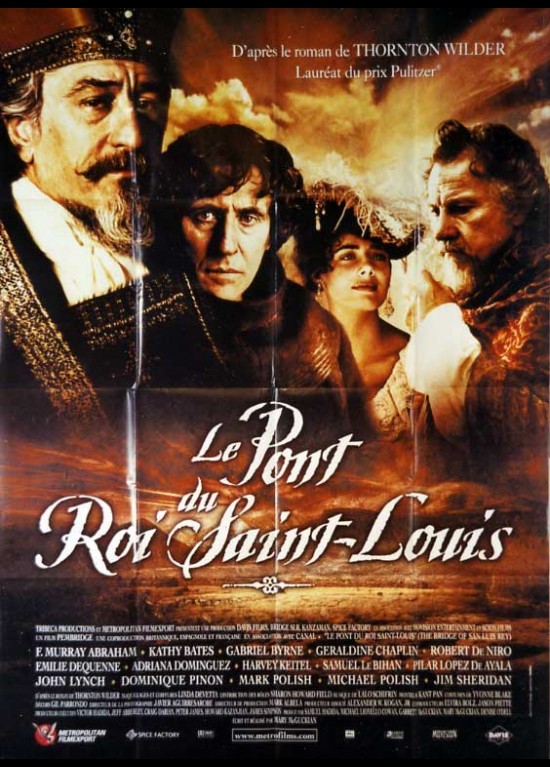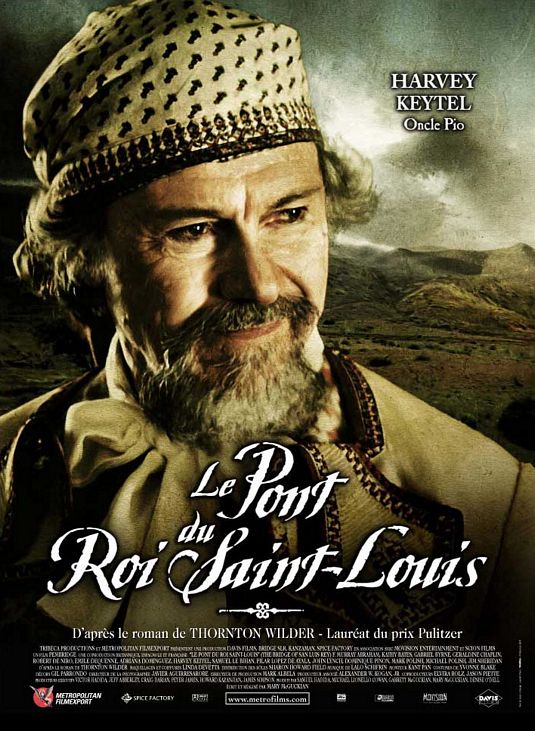

The daughter of a wealthy cloth merchant, the Marquesa was an ugly child who eventually entered into an arranged marriage and bore a daughter, Clara, whom she loved dearly. Part Two focuses on one of the victims of the collapse: Doña María, the Marquesa de Montemayor. Part Two: the Marquesa de Montemayor Pepita

Part One foretells the burning of the book that occurs at the end of the novel, but it also says that one copy of Brother Juniper's book survives and is at the library of the University of San Marco, where it now sits neglected. Over the course of six years, he compiles a huge book of all of the evidence he gathers to show that the beginning and end of a person is all part of God's plan for that person. A deeply pious man who seeks to provide some sort of empirical evidence that might prove to the world God's Divine Providence, he sets out to interview everyone he can find who knew the five victims. The collapse was witnessed by Brother Juniper, a Franciscan friar who was on his way to cross the bridge himself. A rope bridge woven by the Inca a century earlier collapsed at that particular moment, while five people were crossing it, sending them falling from a great height to their deaths in the river below.

The first few pages of the first chapter explain the book's basic premise: the story centers on a fictional event that happened in Peru on the road between Lima and Cuzco, at noon on Friday, July 20, 1714. A friar who witnesses the accident then goes about inquiring into the lives of the victims, seeking some sort of cosmic answer to the question of why each had to die. The Bridge of San Luis Rey tells the story of several interrelated people who die in the collapse of an Inca rope bridge in Peru, and the events that lead up to their being on the bridge.

The novel won the Pulitzer Prize in 1928, and was the best-selling work of fiction that year. It was first published in 1927 to worldwide acclaim. The Bridge of San Luis Rey is American author Thornton Wilder's second novel.


 0 kommentar(er)
0 kommentar(er)
